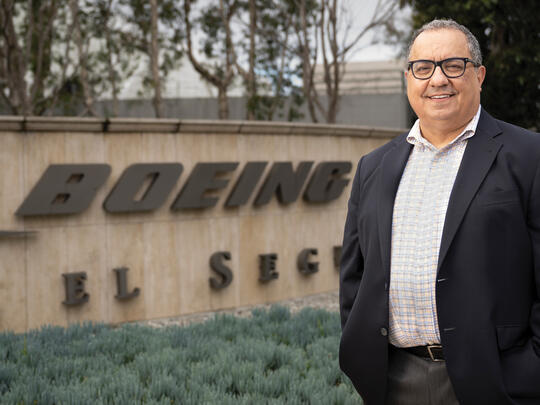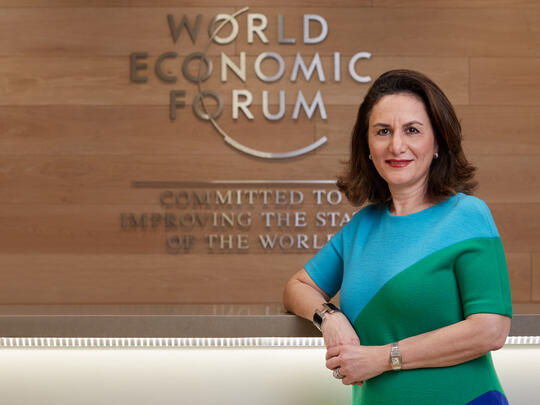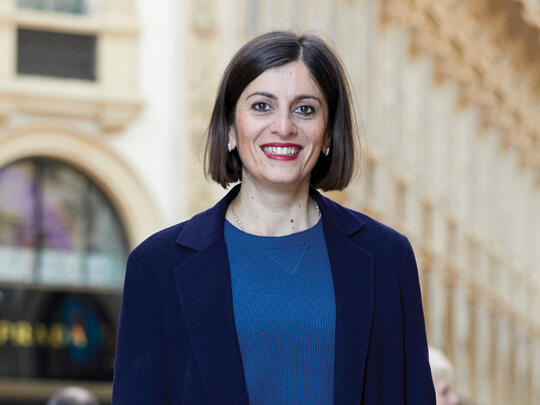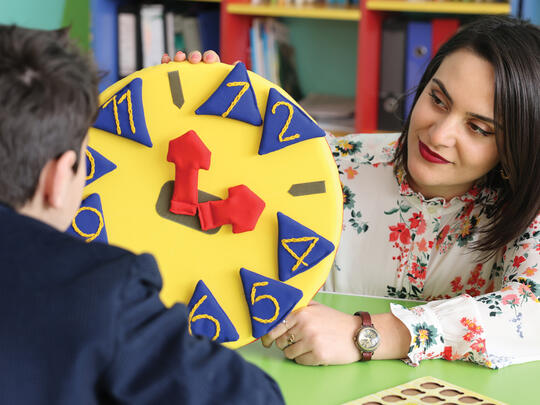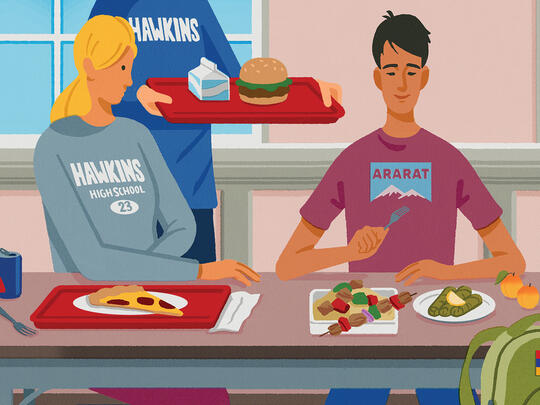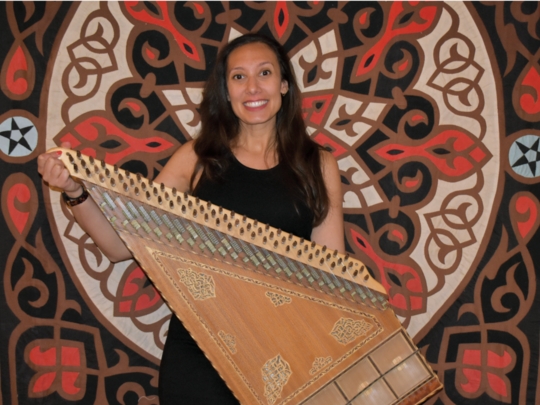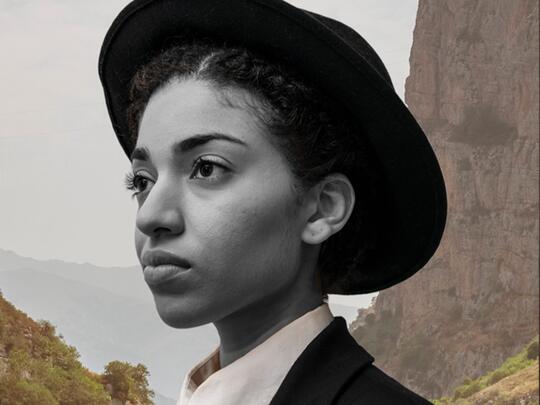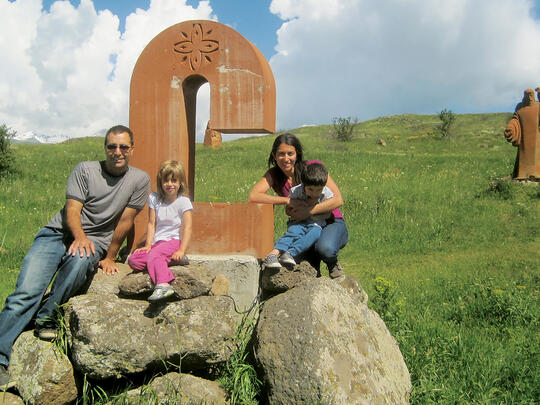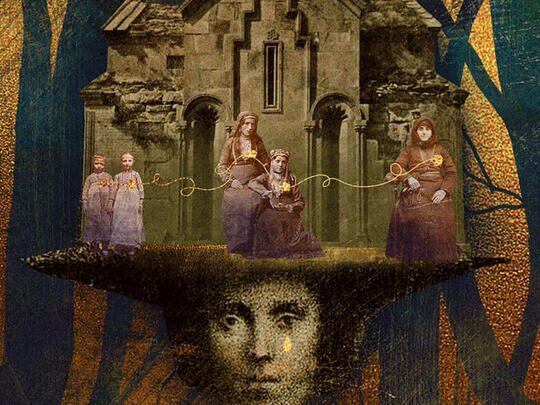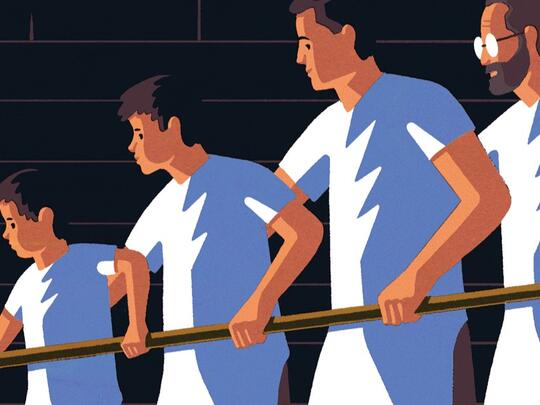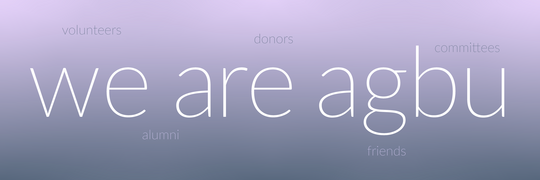
Fighting for Empowerment
Nora Kayserian
If the Manoogian-Demirdjian School hadn’t exposed me to Armenia, would I have moved to Armenia? I don’t think so. It was that trip that sparked my curiosity and brought everything into perspective. Everything I had been reading in Armenian history class, I was seeing with my own eyes.
Nora Kayserian is back. After three years in Armenia, the Istanbul-native is returning to her alma mater, the AGBU Manoogian-Demirdjian School (MDS) in Canoga Park California this fall—this time, as a college counselor.
Founder of SheFighter Armenia, a self-defense program designed to empower women both physically and psychologically, Nora returns as the embodiment of a progressive-minded generation of young Armenians committed to encouraging the development of the Armenian community for the better.
In our conversation, Nora reflects on the importance she attributes to Armenian schools, her ever-evolving relationship with Armenia and her work in support of women’s empowerment in Armenia and the diaspora.
Tell us about your time as a student at the AGBU Manoogian-Demirdjian School.
I started as a preschooler and went all the way through twelfth grade. As a student, it was all I knew. But now that I’ve had some distance, I’ve come to realize the quality of education at MDS and the great asset the school is for the Armenian community. It wasn’t until I started traveling and met Armenians from around the world that I saw what a unique environment I grew up in. Most places don’t have that kind of community—they don’t have the kinds of resources to make Armenian culture a priority.
I didn’t understand the importance of Armenian schools as a student. Now I do, especially when it comes to the language. Although my family spoke Armenian at home, reading and writing is not something that my parents or my grandparents taught me. I learned those skills entirely at school and now it has become one of the things I value most as an Armenian.
How do you think MDS formed you into the person you are today?
If MDS hadn’t exposed me to Armenia, would I have moved to Armenia? I don’t think so. In 2003, the school took my graduating class on a trip to Armenia. It was that trip that sparked my curiosity and brought everything into perspective. Everything I had been reading in Armenian history class, I was seeing with my own eyes.
My parents are from Istanbul and I used to spend my summers with my grandparents outside the city on an island in the Sea of Marmara called Kınalı. As a child, I got a glimpse into the lives of Armenians in Turkey, but my family has little connection to Armenia. It was really MDS that laid the groundwork for my interest in the country.
What was your involvement like with Armenia after your first trip?
After I graduated from MDS, I enrolled at the University of California, Los Angeles and then Loyola Marymount University for graduate school. All throughout college and graduate school, I was going back and forth between California and Armenia—twice as a tourist and twice as a volunteer with Birthright Armenia. I would go for two months during the summer and always come back in tears. I wanted to stay longer and learn more, but I was still in school. All I could do was come home and sit in front of my computer, watching videos and reading news from halfway around the world. Mentally, I was in Armenia; physically, I was in California.
After I graduated, I felt like this was my chance to be part of the game. I couldn’t just sit on the sidelines anymore. I bought myself a one-way ticket with the idea that I’d stay for a year. But one year turned into three years.
How were you involved in women’s empowerment in Armenia?
Before moving to Armenia, I was deeply involved in advocacy for women’s rights in the Armenian community in Los Angeles. In 2010, when cases of domestic violence in Armenia were surfacing in greater numbers, I helped organize a solidarity march and was very much attuned to the legal developments in Armenia. But when I settled in Armenia, I thought I would only be an observer. Great work was being done locally by the Women’s Resource Center and the Women’s Support Center, and I didn’t want to be the person who comes from the outside and starts ordering people around, saying “This is what I’m going to do. This is what I want to change.”
I wanted to observe and understand, and in the process, I came to see how I could make a difference. I have experience with boxing and martial arts, and when I saw that in Armenia, most of the boxing federations were dominated by men, I thought it was the perfect opportunity to reverse the trend and create a safe space for women where they could learn self-defense and become stronger and more confident. That’s what boxing did for me and I wanted to share the feeling. Since it didn’t exist, I thought, why not start it? That’s how SheFighter Armenia was born.
Tell me about the genesis of SheFighter Armenia and the response from students.
I had read about SheFighter online while doing research about self-defense programs. I decided the best thing to do was to contact the founder and talk to her about opening a branch in Armenia. She was very enthusiastic and invited me to Jordan to train with her. Once I was back in Armenia, we started with 8 students, which rose steadily over the next three years. Most of the women were from Yerevan between 12 and 40 and they came to learn the basics of self-defense.
A couple of months ago, on my last day in Armenia, I came across one of my first students on the street. I was feeling down about leaving Armenia and SheFighter and our chance encounter really validated the work I had done. “You don’t know how much you’ve given me,” she said. “That class really changed my life. I owe you so much.” It was a very emotional moment. I didn’t expect that kind of goodbye at all.
What prompted your move back to California?
I came back primarily to be closer to my friends and family. It was very had living away from them, and even though I loved the work I was doing, work exclusively cannot bring us happiness. We have to think of social aspects to life, too.
Returning to California also gave me the chance to continue my career as a school counselor, which I wasn’t able to do in Armenia. In August, I’ll be starting as the new college counselor at MDS. School counseling was something I had wanted to do for so long, but I had to abandon it, because I couldn’t find that kind of position in Armenia. Alongside counseling, I’m thinking of integrating elements from SheFighter into new self-defense classes for Armenians in Los Angeles. There’s a large community here that needs it.
Please note that archived content may appear distorted as it has been stripped of formatting and original images.



